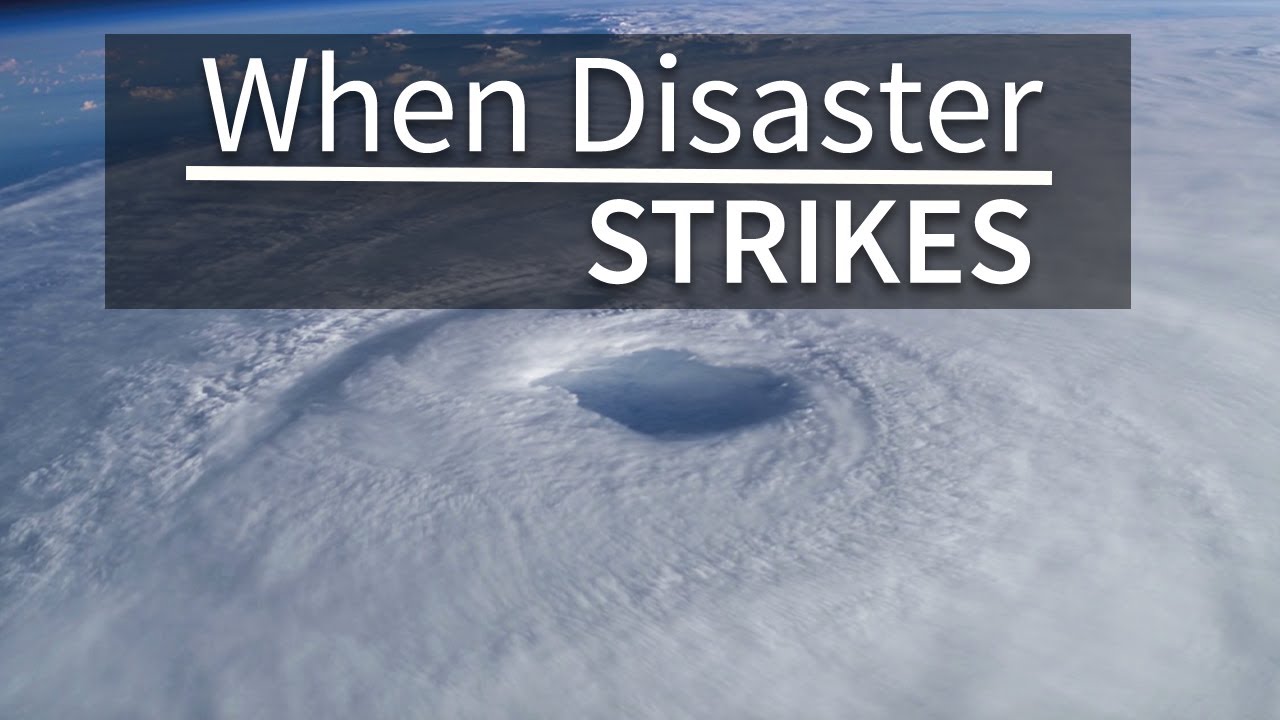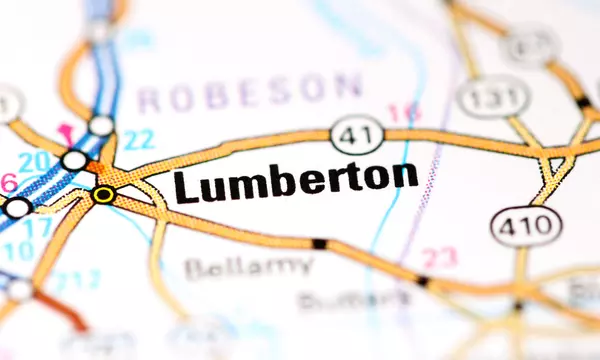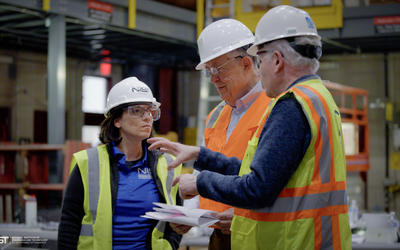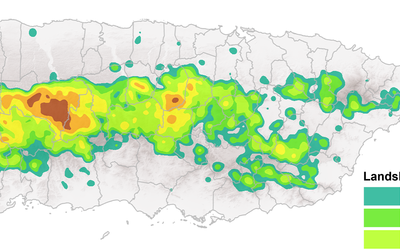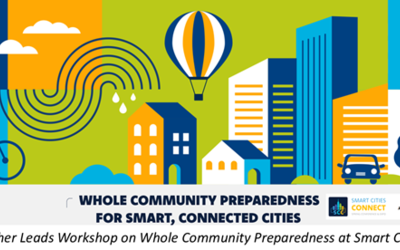What is Community Resilience?
Community resilience is the ability to prepare for anticipated hazards, adapt to changing conditions, and withstand and recover rapidly from disruptions. Activities, such as disaster preparedness—which includes prevention, protection, mitigation, response and recovery—are key steps to resilience. Program Page.
Research Topics
View community resilience publications
News and Updates
The Trials and Triumphs of a Small City’s Hurricane Recovery Could Help Other Communities Bounce Back
In September 2018, a North Carolina city’s long road to recovery from Hurricane Matthew two years earlier became even longer. Lumberton, a small but diverse city of 21,000 people, 96 kilometers (60 miles) inland from the coast, unfortunately found itself in Hurricane Florence’s sights. The Lumber River, which bisects the city, swelled greatly. The flooding damaged hundreds of buildings, causing



